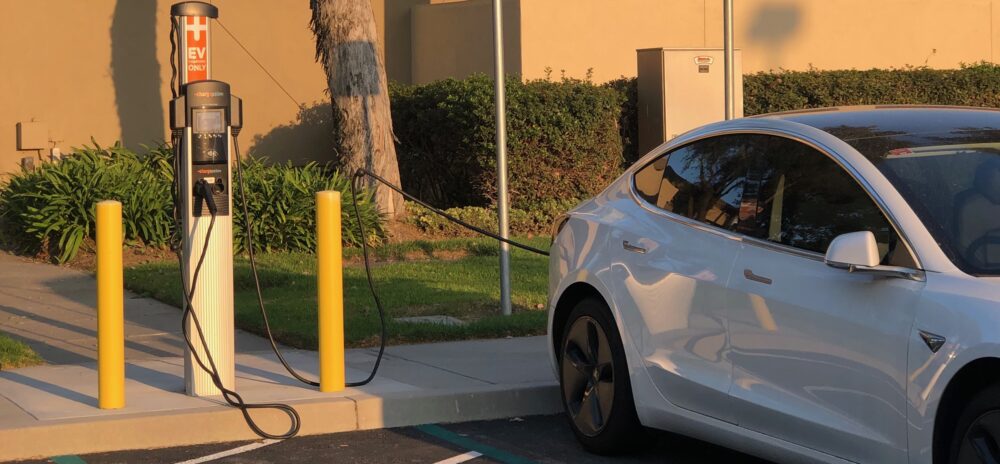
By Avrena Ghatas
California Governor Gavin Newsom signed an executive order to ban the sale of gasoline-powered vehicles, including cars and passenger trucks, by 2035 on Wednesday, Sept. 23.
How do gas-powered cars affect the environment?
Carbon dioxide and other greenhouse gases (GHG) from transportation vehicles emit 28% of the United States’ climate change and pollution as of 2018, making it the largest contributor to the nation’s GHG emissions, the United States Environmental Protection Agency says.
These GHG cause the Earth’s climate to warm. One of the effects of climate change is a tremendous rise in sea level of between one to eight feet by 2100. The Arctic Ocean may also become ice-free by 2050 and there will be a continuous increase in temperature as we have been experiencing during the recent heatwaves, according to NASA.
What’s the goal of the executive order, and how will it be implemented?
Amid the increasing amount and intensity of wildfires across California, Newsom believes that cars shouldn’t be a cause of smoky air or drier conditions, thus leading to more fires. With the help of the Air Resources Board, regulations will be developed to mandate that 100% of the sales of vehicles are emission-free by 2035.
When will the order take place?
The Air Resources Board is working towards passing laws in California by 2035 for passenger cars and trucks. The executive order states to further mandate the operations of medium and heavy-duty vehicles by 2045 if feasible.
Why did Newsom choose to put this order in place?
Newsom believes this is the best way California can declare its responsibility towards climate change action. It also opens up many economic opportunities because emission-free vehicles are California’s second-largest global export market.





